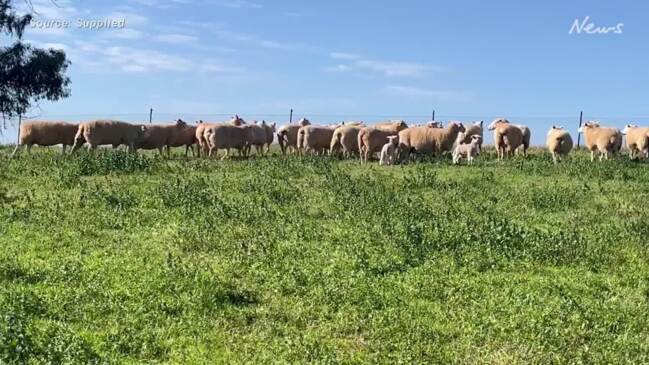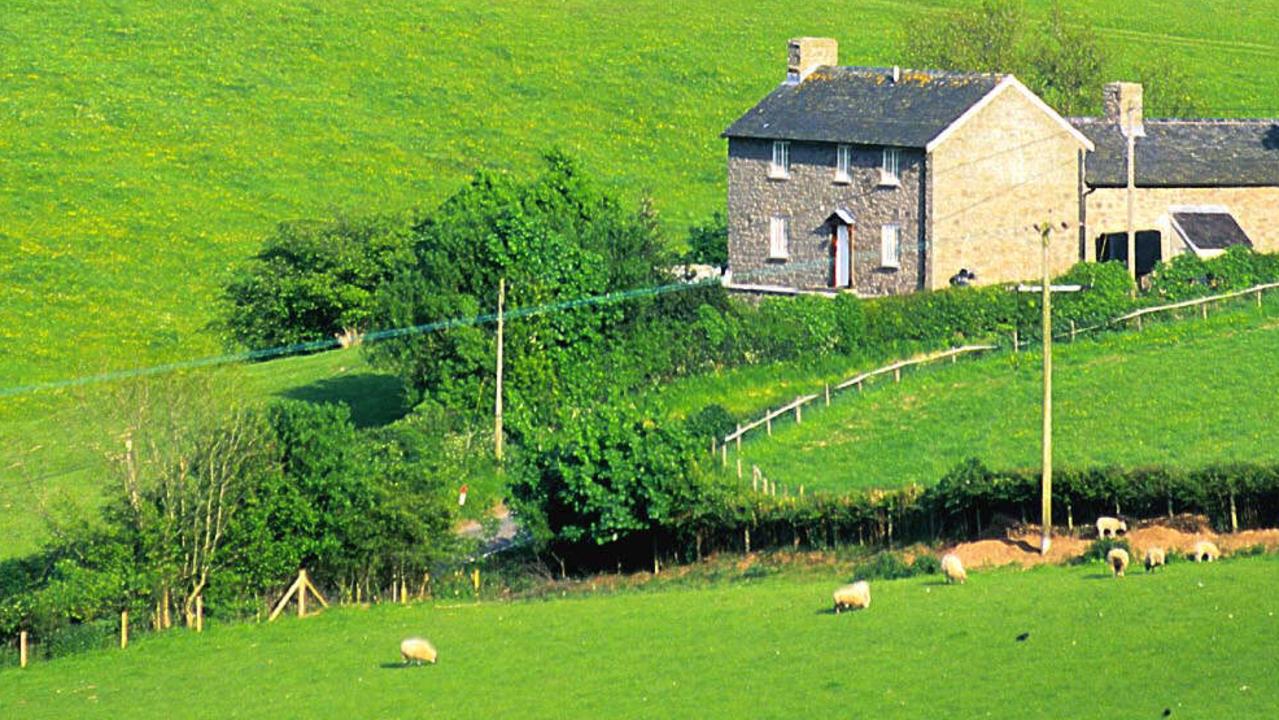Western Australia and national wool production forecast to decline, new figures show
Western Australia is one of many states expected to record a fall in wool production this year as the industry battles declining production volumes.

Australia’s wool clip is forecast to decline slightly this year, but rapidly into next year with a significant drop of almost six per cent expected for that period.
This comes as dry conditions reduce per head wool cuts, smaller wool cheques and a shortage of shed staff bite into the nation’s clip.
Among the biggest hit is Western Australia, one of the largest wool producing states, which is forecast to produce 8.3 per cent less wool this season.
If this proves correct, it would see it drop from the third biggest wool producing state to the fourth, behind NSW, Victoria and South Australia.
The latest Australian Wool Production Forecasting Committee’s is predicting that a total of 324 Mkg greasy of shorn wool will be produced in the 2023/24 season in Australia, which is one per cent lower than the 2022/23 season estimate.
And the number of farms holding over lambs is set to drive a slight increase in the number of sheep shorn, at 71.6 million, a 0.1 per cent lift.
Only two states are tipped to lift their shorn wool output, with all others expected to record a decline. New South Wales is expected to see its production jump up by 2.7 per cent, while South Australia’s is thought to increase 3.4 per cent.
The dry conditions since the last update in December are expected to produce a reduction in wool cuts per head, overall. The committee’s research shows that the average cut is forecast to fall to 4.53kg greasy, nationwide, which is a decline of 2.2 per cent.
Looking further out, the Australian Wool Production Forecasting Committee is expecting an even more dramatic decline in wool production.
The AWPFC’s first forecast of shorn wool production for the 2024/25 season is 306 Mkg greasy, a 5.8 per cent decrease on the 2023/24 forecast.
Australian Association of Stud Merino Breeders vice president Geoff Davidson, Moorundie Poll Merinos, Keith, South Australia, said the decline in production was “in line with expectations”.
He said the dry season and difficulties with labour, as well as the trend towards other commodities, were all contributing to lower the clip.
However, this was despite Merinos offering a very profitable enterprise.
“There is a move to less intensive industries that are less profitable; the Merino is very profitable still but we do have to sort out the labour issues,” Mr Davidson said.
“But it is getting better with Australian Wool Innovation investing in shearer training.”
However, Mr Davidson said the forecast decline in production was “a concern, we want to keep the industry at a viable size, any loss in production is not good.”





